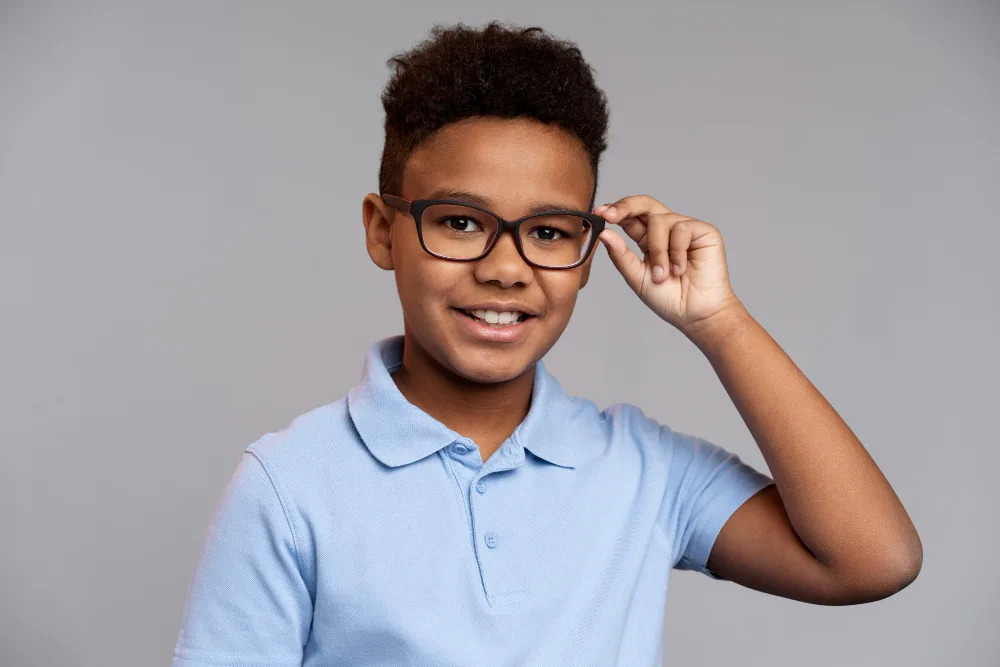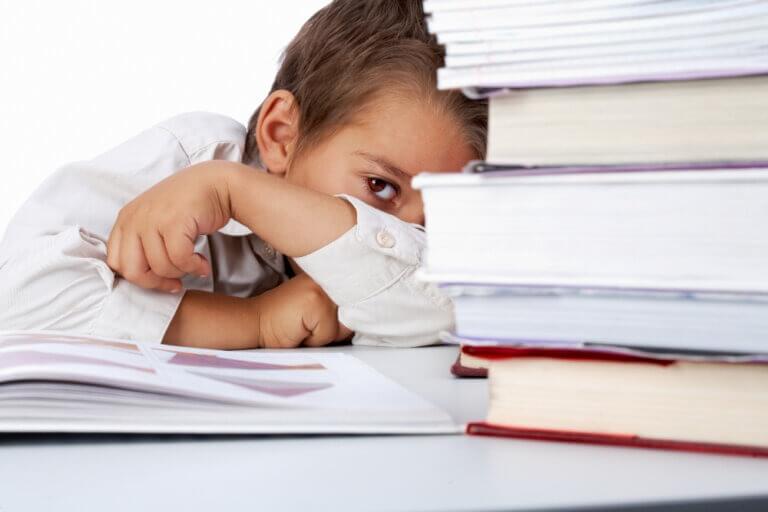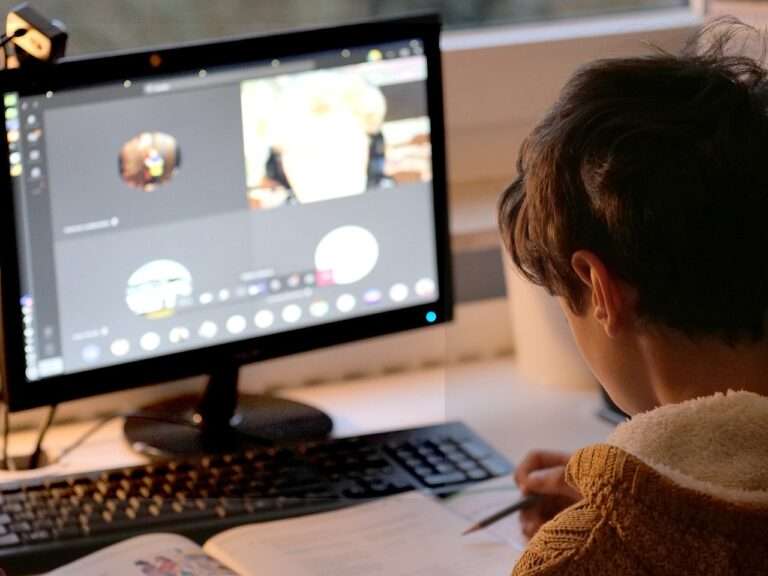How can I tell if my child has vision problems?
Detecting vision problems in children is critical for their overall development, academic performance, and quality of life. Vision issues in children can range from common refractive errors such as nearsightedness, farsightedness, and astigmatism, to more severe conditions like amblyopia (“lazy eye”), strabismus (crossed eyes), and color blindness. Early detection and intervention are key to treating these conditions effectively and preventing long-term visual impairment. Here, we delve into the signs of vision problems in children, the implications of undiagnosed conditions, and the importance of early eye examinations.
Signs of Vision Problems in Children
- Squinting or Tilting the Head: Children might squint or tilt their heads to adjust their vision, which could indicate a refractive error. This behavior helps them to momentarily improve focus by altering the shape of the eye or compensating for alignment issues.
- Sitting Too Close to the TV or Holding Books Close: This behavior may suggest myopia (nearsightedness), where distant objects appear blurry. Children instinctively move closer to see clearly.
- Rubbing Eyes Frequently: While rubbing eyes can indicate tiredness or discomfort from allergies, persistent rubbing might signal eye strain or fatigue, suggesting underlying vision issues.
- Covering One Eye: Covering one eye can be a child’s way to cope with double vision or to improve clarity by using their stronger eye, hinting at conditions like amblyopia or strabismus.
- Complaining of Headaches or Eye Pain: Regular complaints of headaches or eye pain, especially after visual tasks like reading or screen time, could be a symptom of eye strain from uncorrected vision problems.
- Difficulty Focusing or Paying Attention: Vision problems can make it challenging for children to focus on visual tasks, potentially affecting their attention span and being mistakenly attributed to ADHD.
- Trouble with Eye-Hand Coordination: Poor eye-hand coordination can affect activities such as catching a ball or drawing, indicating potential vision problems.
- Avoiding Reading or Visual Activities: A child might avoid tasks that are visually demanding if they experience difficulty seeing clearly, which can impact their academic performance and interest in learning.
- Blinking or Squinting Excessively: Frequent blinking or squinting can be a child’s attempt to clear their vision, indicating possible refractive errors.
- Closing One Eye in Bright Sunlight: Sensitivity to light and the need to close one eye in bright conditions can signify an underlying eye issue.
Implications of Undiagnosed Vision Problems
Undiagnosed and untreated vision problems in children can have far-reaching consequences. Academically, children with vision issues may struggle with reading, writing, and other activities that require good visual acuity, potentially leading to poor grades and a disinterest in learning. Socially, difficulties in participating in sports and other activities can impact their confidence and peer relationships. Emotionally, the frustration and challenges posed by undiagnosed vision problems can lead to behavioral issues and affect the child’s overall well-being.
The Importance of Early Eye Examinations
The American Optometric Association recommends that children have their first comprehensive eye exam at 6 months of age, followed by another at age 3, and just before they enter the first grade at about age 5 or 6. For school-aged children, an eye exam every two years is recommended if no vision correction is required. Children who need eyeglasses or contact lenses should be examined annually or as recommended by their eye doctor.
Early eye examinations are crucial for detecting conditions that, if left untreated, could lead to permanent vision loss or affect a child’s development. Conditions like amblyopia are most easily treated during the early years when the child’s visual system is still developing. By diagnosing and treating vision problems early, children can enjoy improved academic performance, better coordination, and a higher quality of life.
Conclusion
Vision is intricately linked to the learning process and overall development of children. Recognizing the signs of vision problems is the first step towards ensuring that children receive the necessary care to succeed both academically and personally. Regular eye exams play a critical role in this process, allowing for early detection and treatment of potential vision issues. By prioritizing eye health, parents and caregivers can provide children with the foundation they need to achieve their full potential.
------------From our Sponsors------------








